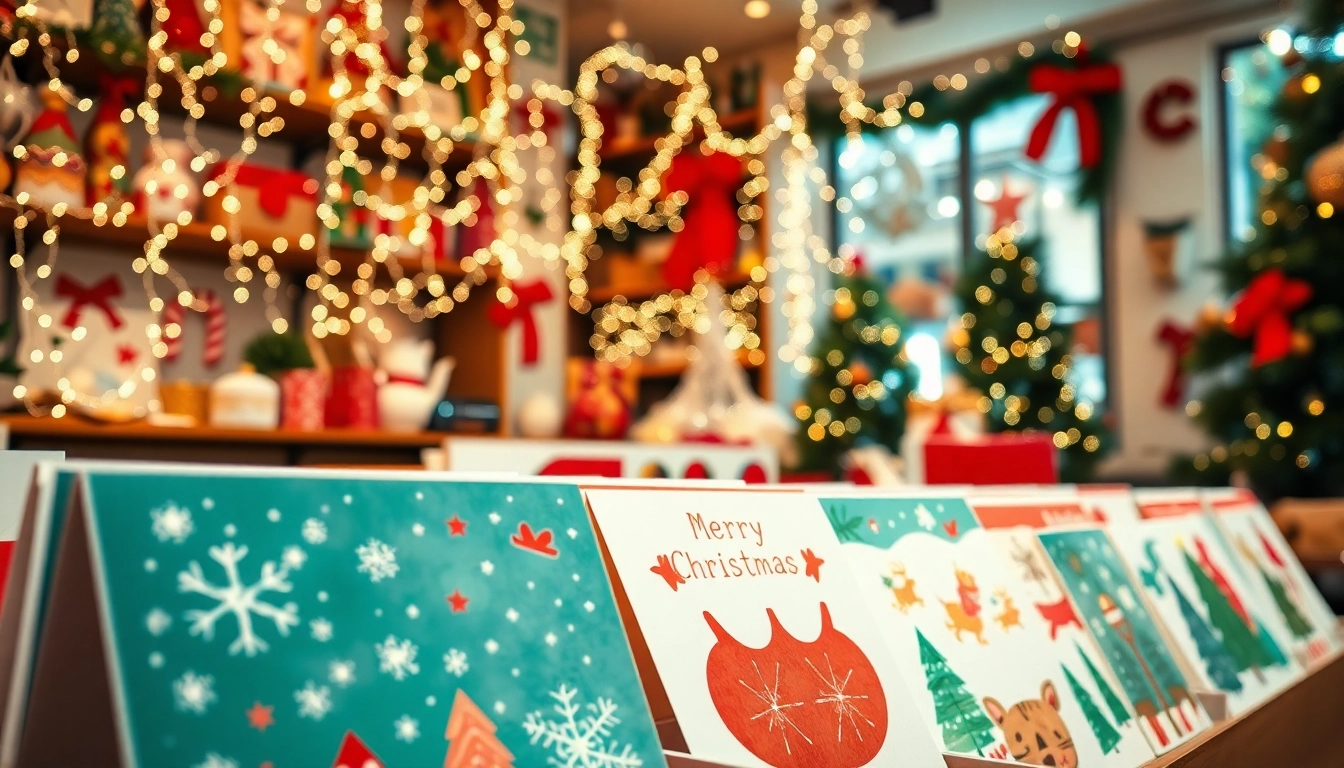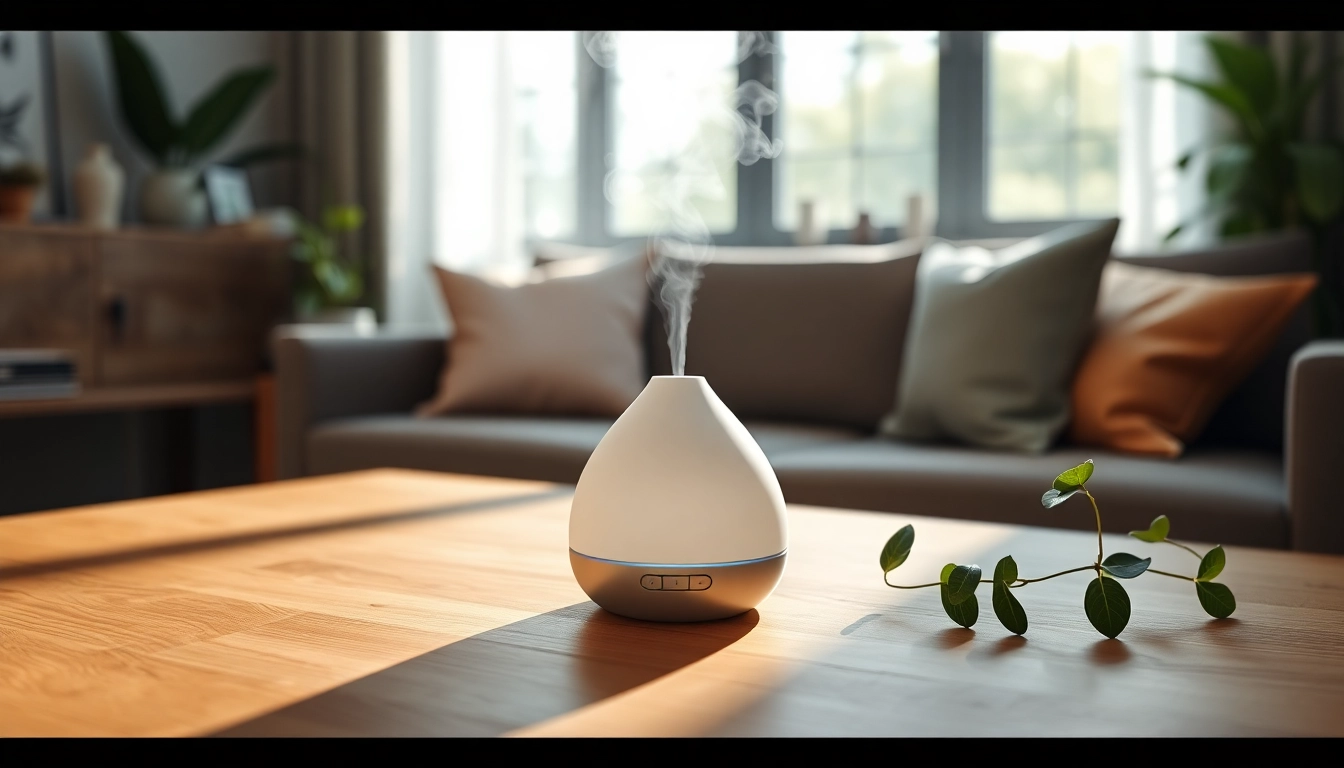How to Effectively Find Competitor Pricing for Your Business

Understanding the Importance of Finding Competitor Pricing
In today’s highly competitive market, understanding competitor pricing is crucial for businesses looking to maintain an edge. Knowing how to find competitor pricing can not only enhance your pricing strategy but also provide insights into market trends and consumer behavior.
Why Competitor Pricing Matters
Competitor pricing plays a vital role in shaping business strategies. By analyzing the prices set by competitors, businesses can determine their positioning in the market. It is essential for both new entrants and established companies. For startups, understanding the pricing landscape helps in crafting a competitive entry strategy that can attract initial customers. For well-established firms, it aids in refining existing pricing models to retain market share and customer loyalty.
Impacts on Business Strategy
Pricing is often the deciding factor for consumers when making purchase decisions. Competitor pricing can impact various aspects of business strategy, including:
- Market Positioning: Understanding where your pricing stands in relation to competitors helps establish a perceived value.
- Product Development: If competitors are priced lower for similar products, businesses may decide to enhance product features or adjust their pricing strategies.
- Marketing Strategies: Awareness of competitor pricing informs advertising and promotional strategies to appeal to potential customers.
How to Analyze Competitor Pricing
The analysis of competitor pricing involves several steps:
- Identifying key competitors in your market.
- Gathering pricing data across multiple channels.
- Evaluating pricing structures such as discounts, promotional offers, and financing options.
- Regularly monitoring pricing changes to keep strategies adaptive and responsive.
Methods to Find Competitor Pricing
To effectively find competitor pricing, businesses can utilize a combination of digital tools and manual research techniques.
Online Tools and Software
A variety of tools are available to help businesses monitor competitor pricing. These tools automate the research process, providing immediate access to pricing changes across multiple platforms. Some popular types of tools include:
- Price Monitoring Software: These applications track price changes across competitor websites in real-time.
- Market Intelligence Platforms: These tools provide comprehensive analyses, including pricing trends, customer behavior insights, and market opportunities.
- Web Scrapers: Customized web scraping tools can be set up to collect pricing data from specific eCommerce websites.
Manual Research Techniques
In addition to software, manual techniques can also be valuable. Here are some effective methods:
- Visiting Competitor Websites: Directly exploring competitors’ websites can provide insights into their current pricing and promotions.
- Reviewing Online Marketplaces: Platforms like Amazon and eBay often list competitive products and their respective prices.
- Customer Surveys: Soliciting feedback from customers can help understand how they perceive competitor pricing.
Leveraging Customer Feedback
Engaging with customers provides insights into pricing perceptions. Begin by gathering data through:
- Surveys and Polls: Conduct surveys to discover preferences regarding pricing and offerings of competitors.
- Social Media Listening: Monitor social media platforms to see discussions around competitor products and their pricing.
- Product Reviews: Analyze reviews to understand how pricing influences customer satisfaction and purchase decisions.
Analyzing Competitor Pricing Data
Once pricing data is collected, it’s essential to analyze and interpret the findings effectively to drive strategic decisions.
Collecting and Organizing Data
Data organization is key. Use spreadsheets or databases to compile pricing intelligence. Potential fields of data to include are:
- Product names and specifications.
- Current pricing and historical price changes.
- Sales trends and seasonal price adjustments.
- Competitor promotions and marketing tactics.
Interpreting Pricing Trends
Understanding trends is about recognizing patterns in pricing changes over time. Trend analysis helps in identifying:
- Seasonal price fluctuations.
- Market entry strategies of competitors.
- Potential threats or opportunities arising from pricing structures.
Benchmarking Against Competitors
Benchmarking is invaluable for assessing your prices against competitors. Establish metrics such as:
- Price positioning relative to competitors.
- Discount and offer comparatives.
- Customer perception relative to value offered.
This comparative analysis helps position products appropriately within the market.
Implementing Competitive Pricing Strategies
Once the data has been analyzed, businesses can implement strategies to capitalize on the insights gained.
Setting Your Pricing Based on Competitors
Once you’ve analyzed competitor pricing, setting your prices involves multiple approaches:
- Price Matching: Offering the same price as competitors to ensure customer retention and satisfaction.
- Value-Based Pricing: Setting prices based on the perceived value to the customer rather than solely on cost considerations.
- Premium Pricing: Positioning products at a higher price point to create exclusivity and prestige.
Adjusting Prices for Market Conditions
Prices may require adjustments based on market trends and customer demand:
- Cost Adjustments: Any increase in supply costs may necessitate a price increase.
- Competition Dynamics: If a competitor lowers prices, a strategic response may be required to maintain market share.
- Market Demand: Understanding the elasticity of demand can guide whether to increase or decrease prices.
Testing Pricing Strategies
Implementing changes in pricing requires careful testing. Businesses can consider A/B testing where different prices are offered to distinct customer groups, allowing for data-driven insights into price effectiveness.
Measuring the Impact of Your Pricing Strategy
The ultimate test of any pricing strategy is its measurable impact on business performance.
Performance Metrics to Track
Key metrics to monitor when assessing the effectiveness of pricing strategies include:
- Sales Volume: Tracking changes in sales volume post-price adjustments to measure impact.
- Profit Margin: Ensuring that pricing adjustments positively affect overall profitability.
- Customer Acquisition Costs: Monitoring how pricing changes affect customer acquisition efficiency.
Feedback Loops and Continuous Improvement
Establishing feedback loops is essential for refining pricing strategies over time. Regularly evaluate what is working and what isn’t using:
- Regular Surveys: Gather periodic feedback from customers regarding its pricing strategy.
- Market Research: Consistently monitor market conditions and competitor actions.
- Sales Data Analysis: Analyze sales data to discern patterns post-implementation of pricing changes.
Case Studies and Real-World Applications
Learning from real-world applications can provide valuable insights. Companies effectively utilizing competitive pricing often share case studies demonstrating successful implementations:
- Success Stories: Explore examples of businesses that adapted their pricing based on competitor analysis, noting changes in their market position.
- Failures to Avoid: Reviewing examples of companies that failed to adjust their pricing could also provide essential lessons on the pitfalls of ignoring competitors.
In conclusion, finding and analyzing competitor pricing is an essential component of a successful business strategy. By employing diverse methods to gather pricing data, businesses can gain essential insights needed to optimize their pricing and remain competitive. Continuous monitoring, together with strategic implementations, ensures businesses can adapt and thrive in ever-changing market landscapes.








